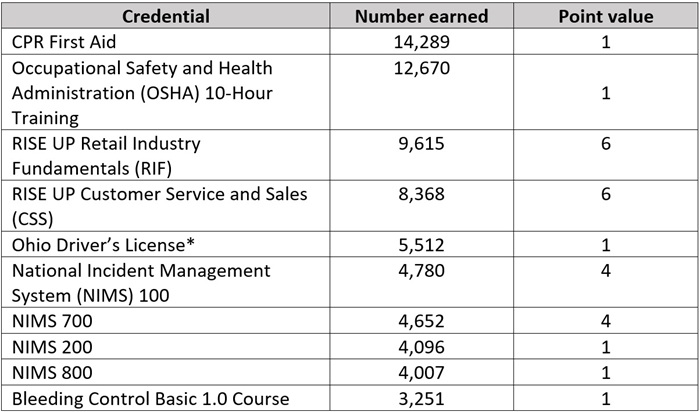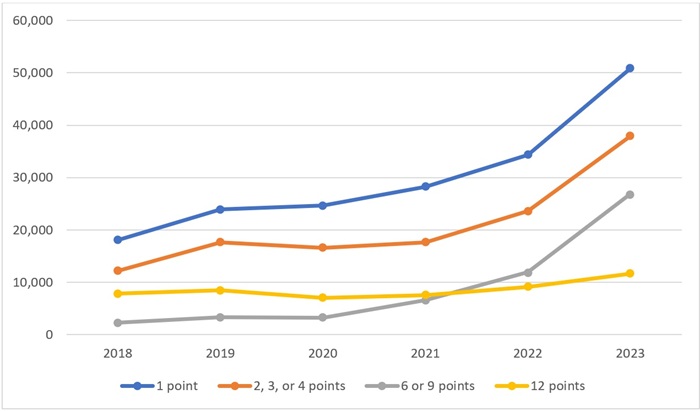Cheers
- Beginning next school year, Virginia will automatically place top-performing students in accelerated math as part of a nationwide push to restore high expectations and rigor in public schools. —Todd Truitt, RealClearEducation
- Schools are supporting teachers and other school staff by turning empty classrooms into childcare micro-centers —The 74
Jeers
- Massachusetts Education Secretary Patrick Tutwiler's blanket rejection of all charter school expansion proposals underscores a growing partisan shift among Democrats away from school choice. —CommonWealth Beacon
- After their beloved all-girls Catholic school was closed, Bronx students found refuge at a different local parochial school—only to face yet another devastating shutdown, emblematic of the financial freefall facing urban Catholic education in states without school choice. —The New York Times
- Black male enrollment at four-year colleges—especially HBCUs—is rapidly declining, just as the Trump administration rolls back federal efforts to support these students. —The New York Times
- The new Netflix series "Adolescence" highlights how violence and misogyny on social media can have dark consequences for our schools, particularly female students and teachers. —The New York Times












